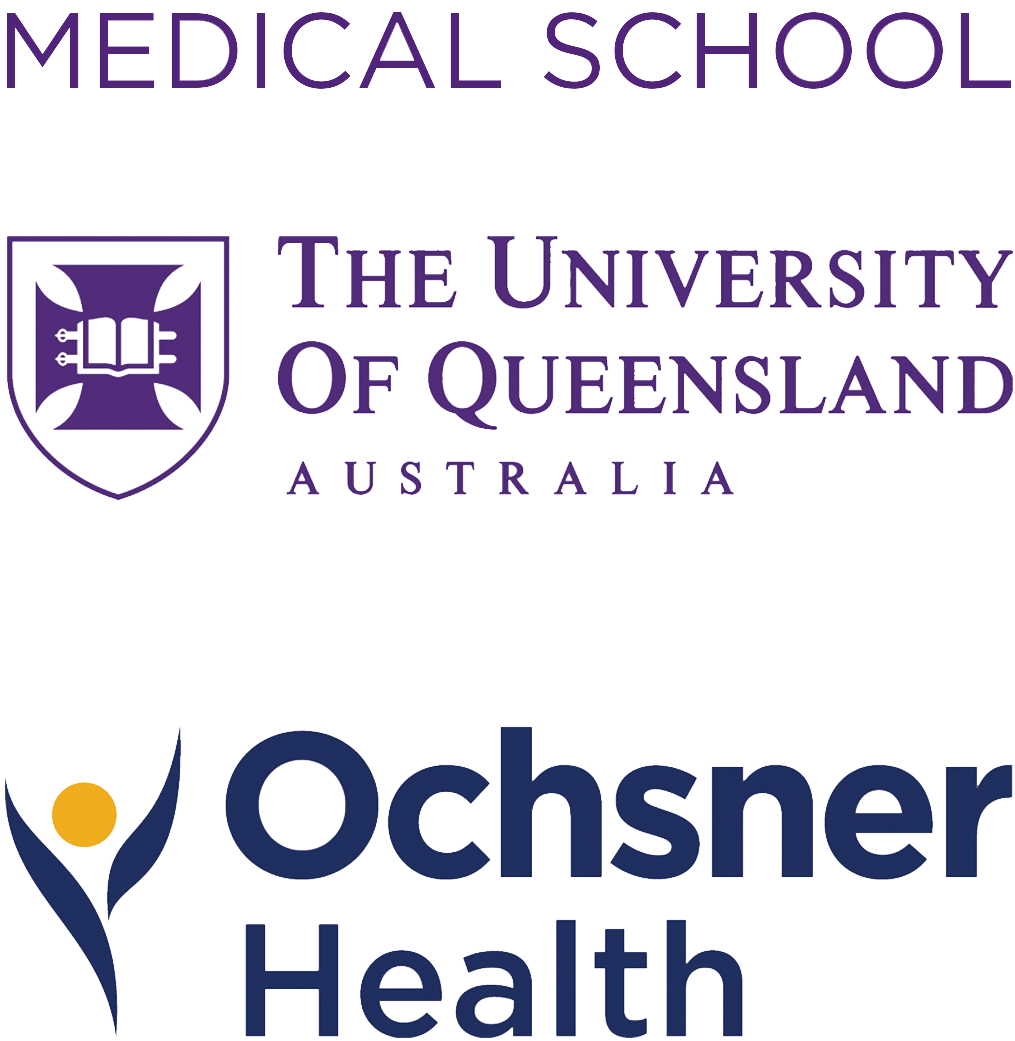MSPE Medical School Information
Medical School Name 
The University of Queensland Medical School
Faculty of Health, Medicine and Behavioural Sciences, Mayne Medical School
288 Herston Road, Herston, Brisbane, Queensland 4006, Australia
Special programmatic emphases, strengths, mission/goal(s) of the medical school:
Mission
The University of Queensland’s Faculty of Health, Medicine and Behavioural Sciences works in partnership with the Ochsner Health System to provide world-class accredited medical education, underpinned by lifelong learning skills, our leading research programs, and our contribution to innovative best practice in clinical services. We do this for the benefit of all members of our community in Queensland, Australia, and the world.
The University of Queensland Medical School - Ochsner Health is the first and only clinical school in the United States in partnership with The University of Queensland (UQ). Since 2009, this exceptional and unique program has provided the opportunity for outstanding medical students who are United States citizens and permanent residents to obtain an integrated, global medical education on two continents. Students take two preclinical years in Brisbane. In the third and fourth years, students attend the UQ-Ochsner Health campus in New Orleans, Louisiana, where they pursue their clinical placements, guided by a clinical faculty that has been training medical students, residents, and fellows for more than 85 years. Ochsner Health (OH) is an integrated independent academic health system. OH operates 35 ACGME-accredited residency and fellowship programs in addition to robust research programs in basic science/translational, clinical, and health services research.
Program outline
The curriculum has been designed with an emphasis on problem-based learning and group work. Students work cooperatively on a carefully planned series of patient-centered problems, each designed to highlight principles and issues in health and disease. Early patient contact and clinical training develop high levels of clinical skill and medical knowledge.
Special characteristics of the medical school’s educational program
The MD program is built around six key themes representing the essential roles of a well-rounded doctor: Safe and Effective Clinician; Critical Thinker, Scientist and Scholar; Advocate for Health Improvement; Dynamic Learner and Educator; Kind and Compassionate Professional; and Partner and Team Player. The program’s key features include: the simultaneous learning of basic, clinical, biological and social sciences; the teaching of communication skills; the use of learning approaches that encourage lifelong learning skills; the incorporation of ethics and professional development as an integral part of the program; and the incorporation of information technology and computing skills to ensure that graduates are able to utilize technological advances to improve their learning skills and knowledge acquisition.
Average length of enrollment (initial matriculation to graduation) at the medical school
Four (4) years
Description of the evaluation system used at the medical school
The University of Queensland Medical School has a Pass/Fail grading system. Coursework is integrated into a single, year-long course, with a Pass/Fail grade provided at the end of each year. Clinical Assessments are scored as Well Below Expectations, Below Expectations, Meets Expectations, Above Expectations, or Well Above Expectations.
Medical School requirement for successful completion of USMLE Step 1, 2:
USMLE Step 1: Required to take prior to beginning Year 3; Required to pass prior to beginning Year 4
USMLE Step 2: Not required
Medical School requirements for successful completion of Objective/Observed Structured Clinical Evaluation (OSCE) at medical school:
OSCEs are used for:
- Final assessment for Year 2;
- Assessment items in the following clerkships: Medicine; Psychiatry (Mental Health); General Practice (Primary Care); Obstetrics and Gynaecology; Paediatrics; and
- Final summative assessment for Year 3.
Utilization of the course, clerkship or elective director’s narrative comments in the composition of the MSPE:
The narrative comments contained in the MSPE can best be described as:
Direct quotations from supervisors, where available, or summaries of supervisor comments, along with overall clinical assessments and exam results.
The final descriptive adjective in the Summary of the MSPE is based on the following levels within the cohort:
- Superior (top quartile)
- Outstanding (second quartile)
- Excellent (third quartile)
- Very Good (fourth quartile)
Utilization by medical school of the AAMC “Guidelines for Medical Schools Regarding Academic Transcripts”:
This medical school is:
Completely in compliance with the Guidelines’ recommendations.
Description of the process by which the MSPE is composed at the medical school (including the number of personnel involved in composition of the MSPE)
The MSPE is compiled by the Student and Academic Affairs Team of The University of Queensland Medical School - Ochsner Health in New Orleans, Louisiana. Third and fourth year comments for placements are entered by the Senior Education Program Managers for the disciplines. Noteworthy characteristics are obtained from each student and discussed during a face-to-face interview with the student's medical society head (academic advisor). Finalization of the MSPE is conducted by the Program Director of The University of Queensland Medical School - Ochsner Health in New Orleans, Louisiana.
Students are permitted to review the MSPE prior to its transmission:
Yes. Students have the opportunity to review the MSPE for factual accuracy.
